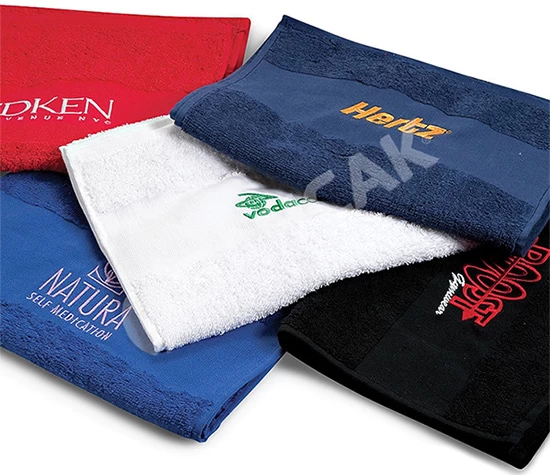Home Textiles
Home textiles play a pivotal role in interior design, offering both functional and aesthetic elements that contribute to the overall atmosphere of a living space. From bedding and curtains to towels and rugs, these textiles enhance comfort, style, and functionality within the home.
Bedding
Bedding is a central component of home textiles, encompassing sheets, pillowcases, duvet covers, and bedspreads. The choice of fabrics, patterns, and colors can transform a bedroom, creating a cozy and inviting retreat. High-quality bedding not only contributes to a good night's sleep but also adds a touch of luxury and style to the room.
Curtains
Curtains and drapes are essential for both practical and decorative purposes. They control natural light, offer privacy, and help regulate room temperature. Beyond their functional aspects, curtains become an integral part of interior decor, framing windows and adding texture, color, and pattern to a room.
Towels
Towels are vital home textiles found in bathrooms and kitchens. Soft and absorbent bath towels, hand towels, and kitchen towels contribute to a pleasant daily routine. The variety of colors and designs available in towels allows individuals to personalize their spaces while maintaining a cohesive theme in the home.
Rugs and carpets
Rugs and carpets serve both functional and aesthetic purposes. They provide comfort underfoot, absorb sound, and delineate specific areas within a room. Additionally, rugs add warmth and texture, serving as key design elements that tie together different components of a space.
Table linens
Table linens, including tablecloths, placemats, and napkins, are crucial for setting a stylish dining table. These textiles not only protect surfaces but also allow individuals to express their creativity through different patterns and colors, enhancing the overall dining experience.
Fabric-based accessories
Fabric-based accessories, such as throw pillows and blankets, introduce layers of comfort and style to living spaces. They are versatile elements that can be easily switched out to refresh the look of a room or to adapt to seasonal changes.
When choosing home textiles, several factors should be considered. Fabric quality, durability, and care instructions are essential to ensure longevity. Harmonizing textures and patterns with existing decor contributes to a cohesive look. Practical considerations, such as stain resistance and ease of maintenance, play a role in selecting textiles that suit the lifestyle of the residents.
Moreover, the environmental impact of textiles is increasingly gaining attention. Sustainable and eco-friendly options, including organic cotton and recycled materials, align with the growing interest in responsible consumer choices.
In conclusion, home textiles go beyond mere functionality; they are integral components of interior design that enhance comfort, style, and personal expression within the home. Thoughtful selection and incorporation of these textiles contribute to the creation of a harmonious and inviting living environment.
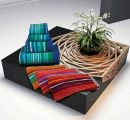
how textiles are commonly incorporated
Textiles are extensively used in our homes, serving both practical and aesthetic purposes across various spaces. Here's an overview of how textiles are commonly incorporated:
1. Bedroom:
- Bedding:Sheets, pillowcases, duvet covers, and bedspreads made of textiles contribute to a comfortable and visually appealing bedroom.
- Curtains:Textile curtains provide privacy, control light, and add decorative elements to bedroom windows.
2. Bathroom:
- Towels: Soft and absorbent towels made of cotton or other materials are essential for personal hygiene and comfort in bathrooms.
- Shower Curtains: Textile shower curtains enhance the aesthetics of the bathroom while serving a functional purpose.
3. Living Room:
- Sofa and Chair Upholstery: Fabric upholstery on sofas and chairs contributes to the overall comfort and style of the living room.
- Throw Pillows and Blankets: Textile accessories such as throw pillows and blankets add layers of texture and color to seating areas.
4. Dining Area:
- Tablecloths and Napkins: Textile table linens protect dining tables, add elegance, and allow for creative expression during meals.
- Chair Upholstery: Upholstered dining chairs with fabric add comfort and style to the dining area.
5. Flooring:
- Rugs and Carpets: Textile floor coverings provide warmth, comfort, and contribute to the overall design of a room. They also absorb sound and delineate specific areas.
6. Kitchen:
- Kitchen Towels: Textile kitchen towels are used for drying hands, dishes, and surfaces.
- Curtains or Valances: Textile window treatments in the kitchen add a decorative touch while offering light control and privacy.
7. Accessories:
- Cushions and Throws: Textile accessories like cushions and throws are versatile additions to various rooms, offering comfort and style.
- Bedroom and Living Room Decor: Textiles are often used as decorative elements through wall hangings, tapestries, and fabric-based artwork.
8. Outdoor Spaces:
- Outdoor Cushions and Pillows:Textile accessories designed for outdoor use add comfort and style to patio furniture.
- Outdoor Rugs:Textile rugs designed for outdoor spaces provide a cozy and decorative touch.
In addition to these applications, textiles are chosen based on their functionality, durability, and aesthetic appeal. The wide variety of fabrics, patterns, and colors available allows individuals to personalize their living spaces, creating a home that reflects their taste and style.
The use of textiles in homes offers several advantages
1. Comfort: Soft and plush textiles, such as bedding, cushions, and upholstery, enhance the overall comfort of living spaces, providing a cozy and inviting atmosphere.
2. Aesthetics: Textiles contribute to the visual appeal of a home. Patterns, colors, and textures allow individuals to personalize their spaces and create a cohesive design theme.
3. Functionality: Textiles serve practical purposes. Towels and kitchen cloths assist in maintaining cleanliness, while curtains provide privacy and control light. Rugs and carpets add functionality by providing insulation and delineating specific areas.
4. Warmth:Fabrics inherently provide warmth, making textiles like blankets and throws essential for staying cozy during colder seasons.
5. Sound Absorption:Textiles, especially rugs and curtains, help absorb sound, reducing echoes and creating a more acoustically pleasing environment.
6. Versatility: Textiles are versatile in their applications. They can be easily switched or replaced, allowing for seasonal updates or changes in decor without significant cost or effort.
7. Personalization: With a vast array of fabric choices, individuals can personalize their homes. Textiles offer a means of expressing personal style and taste through patterns, colors, and fabric types.
8. Protection:Textiles like tablecloths, placemats, and furniture covers provide protection against spills, stains, and wear, extending the life of furniture and surfaces.
9. Mood Enhancement: Certain fabrics and colors can influence mood. Soft and soothing textiles in bedrooms contribute to a relaxing atmosphere, while vibrant colors in living areas can add energy and vibrancy.
10. Seasonal Adaptability:Textiles allow for adaptation to different seasons. Lightweight and breathable fabrics in summer and heavier, warmer textiles in winter provide comfort year-round.
11. Eco-Friendly Options: Many textiles now come in eco-friendly and sustainable options, contributing to environmentally conscious choices in home decor.
12. Easy Maintenance: Most textiles are easy to maintain with regular cleaning. This adds to the practicality and longevity of these home furnishings.

In summary, textiles play a crucial role in enhancing the overall functionality, comfort, and aesthetics of our homes, offering a versatile and adaptable way to personalize and improve living spaces.

- Bedding:Sheets, pillowcases, duvet covers, and bedspreads made of textiles contribute to a comfortable and visually appealing bedroom.
- Curtains:Textile curtains provide privacy, control light, and add decorative elements to bedroom windows.
- Towels: Soft and absorbent towels made of cotton or other materials are essential for personal hygiene and comfort in bathrooms.
- Shower Curtains: Textile shower curtains enhance the aesthetics of the bathroom while serving a functional purpose.
- Sofa and Chair Upholstery: Fabric upholstery on sofas and chairs contributes to the overall comfort and style of the living room.
- Throw Pillows and Blankets: Textile accessories such as throw pillows and blankets add layers of texture and color to seating areas.
- Tablecloths and Napkins: Textile table linens protect dining tables, add elegance, and allow for creative expression during meals.
- Chair Upholstery: Upholstered dining chairs with fabric add comfort and style to the dining area.
- Rugs and Carpets: Textile floor coverings provide warmth, comfort, and contribute to the overall design of a room. They also absorb sound and delineate specific areas.
- Kitchen Towels: Textile kitchen towels are used for drying hands, dishes, and surfaces.
- Curtains or Valances: Textile window treatments in the kitchen add a decorative touch while offering light control and privacy.
- Cushions and Throws: Textile accessories like cushions and throws are versatile additions to various rooms, offering comfort and style.
- Bedroom and Living Room Decor: Textiles are often used as decorative elements through wall hangings, tapestries, and fabric-based artwork.
- Outdoor Cushions and Pillows:Textile accessories designed for outdoor use add comfort and style to patio furniture.
- Outdoor Rugs:Textile rugs designed for outdoor spaces provide a cozy and decorative touch.

FAQs
What are properties of home textile?
Softness, durability, colorfastness, breathability, and ease of maintenance.
What are the advantages of home textile?
Comfort, aesthetics, functionality, warmth, sound absorption, versatility, personalization, and protection.
What defines home textile?
Fabric-based items for home use, including bedding, curtains, towels, rugs, and decorative accessories.
How are textiles used in home?
Bedding for comfort, curtains for privacy, towels for hygiene, rugs for aesthetics and warmth, and upholstery for seating comfort.
 +7929688-88-14
+7929688-88-14

 English
English
 Persian
Persian
 Russian
Russian
 Chinese
Chinese


 +7929688-88-14
+7929688-88-14

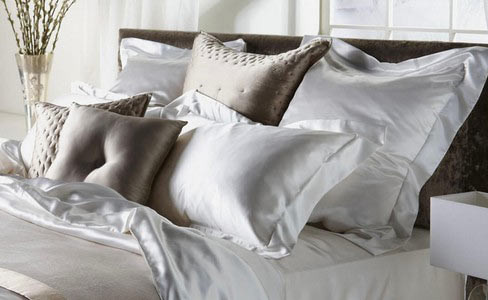
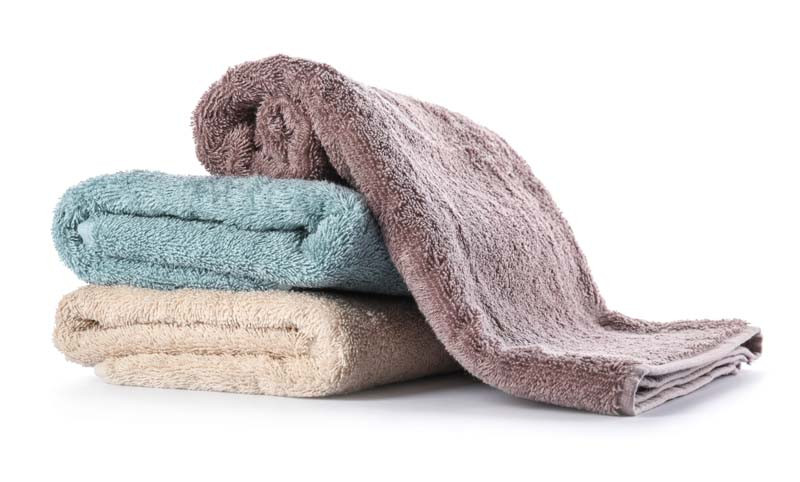
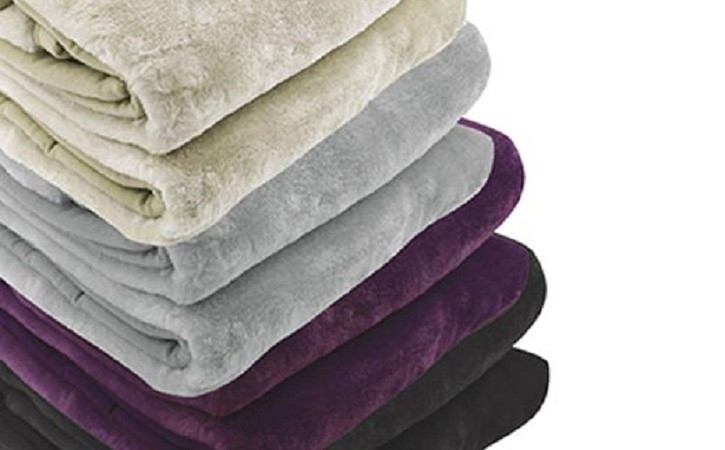
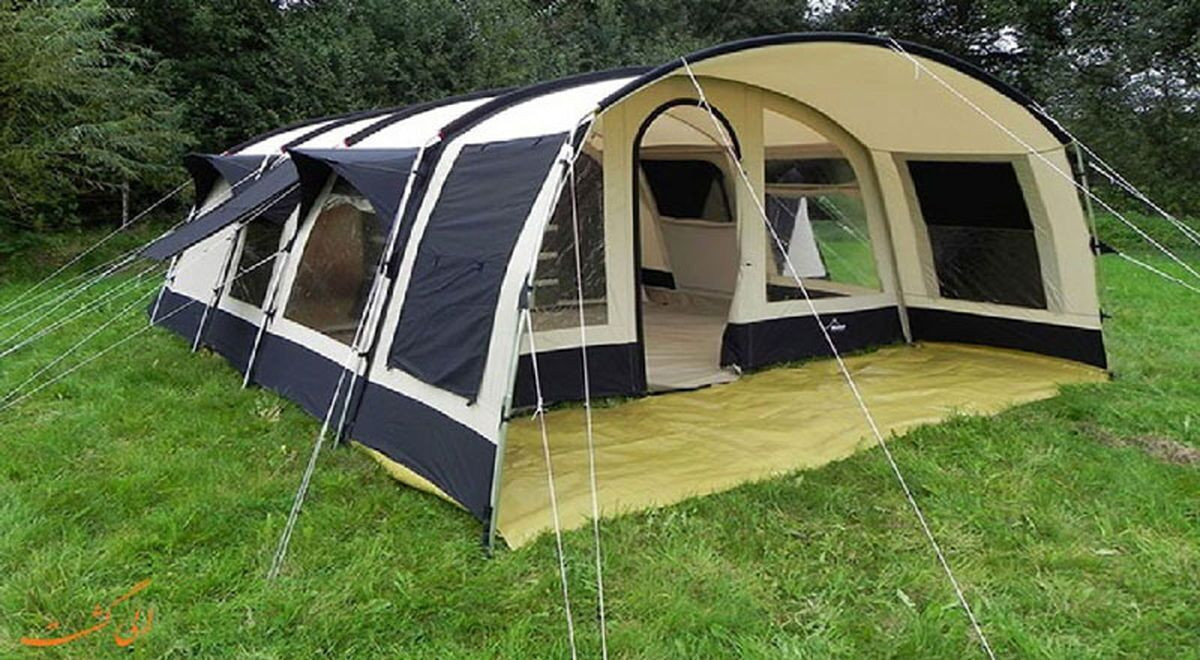
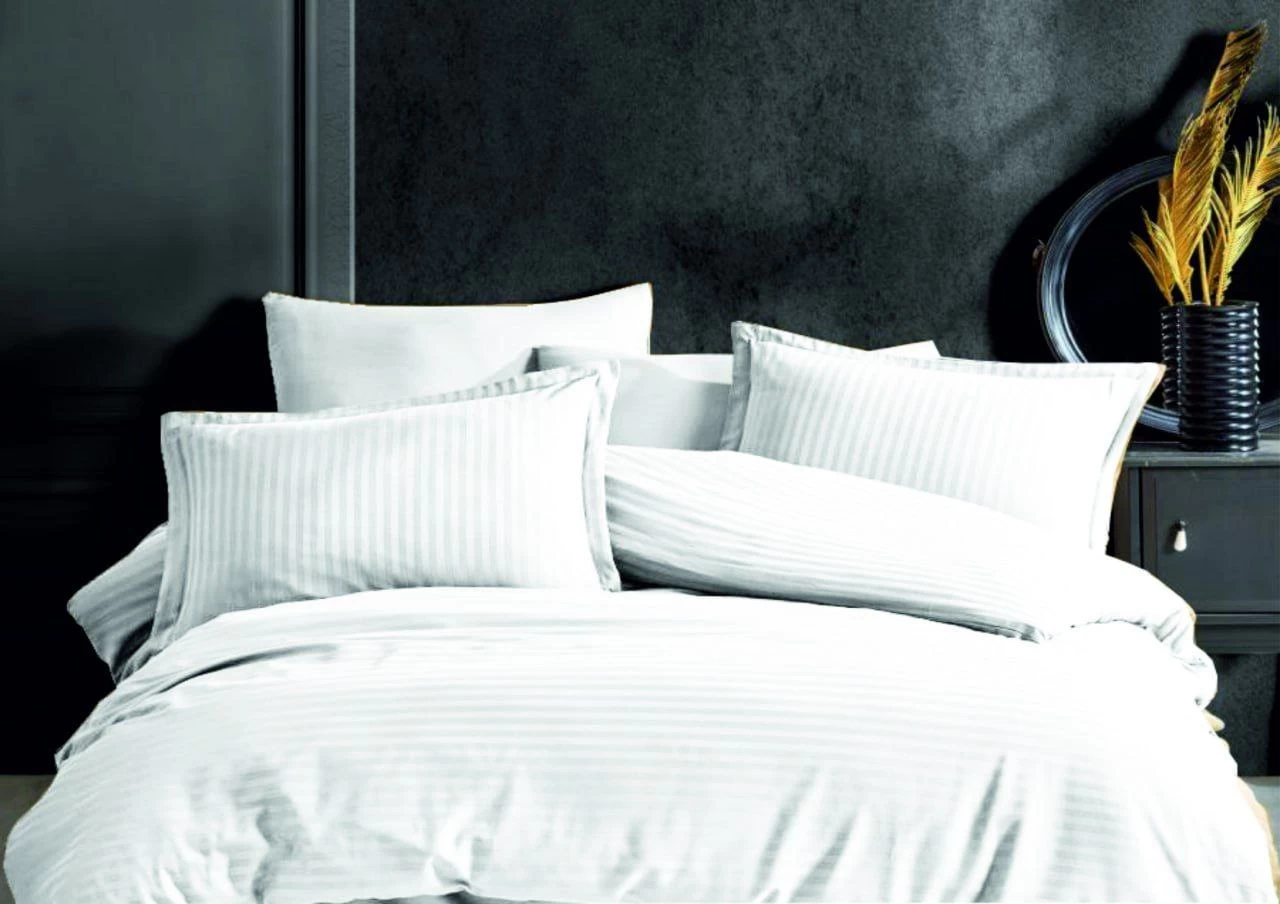

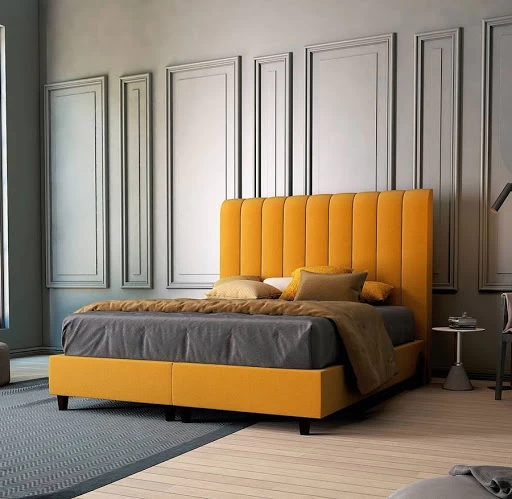
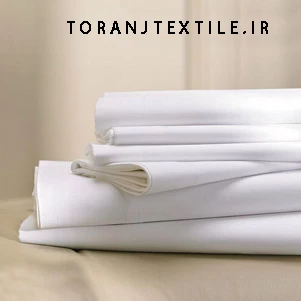
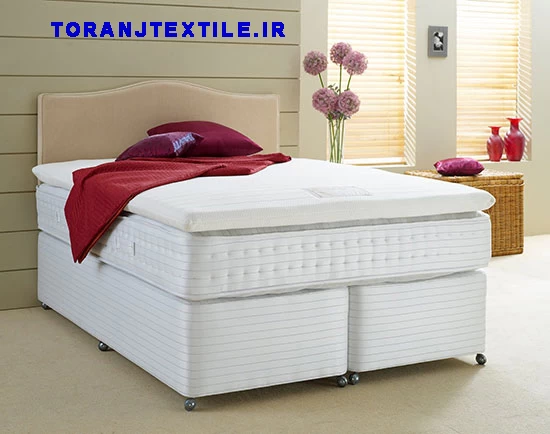
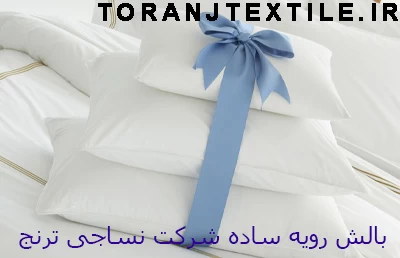
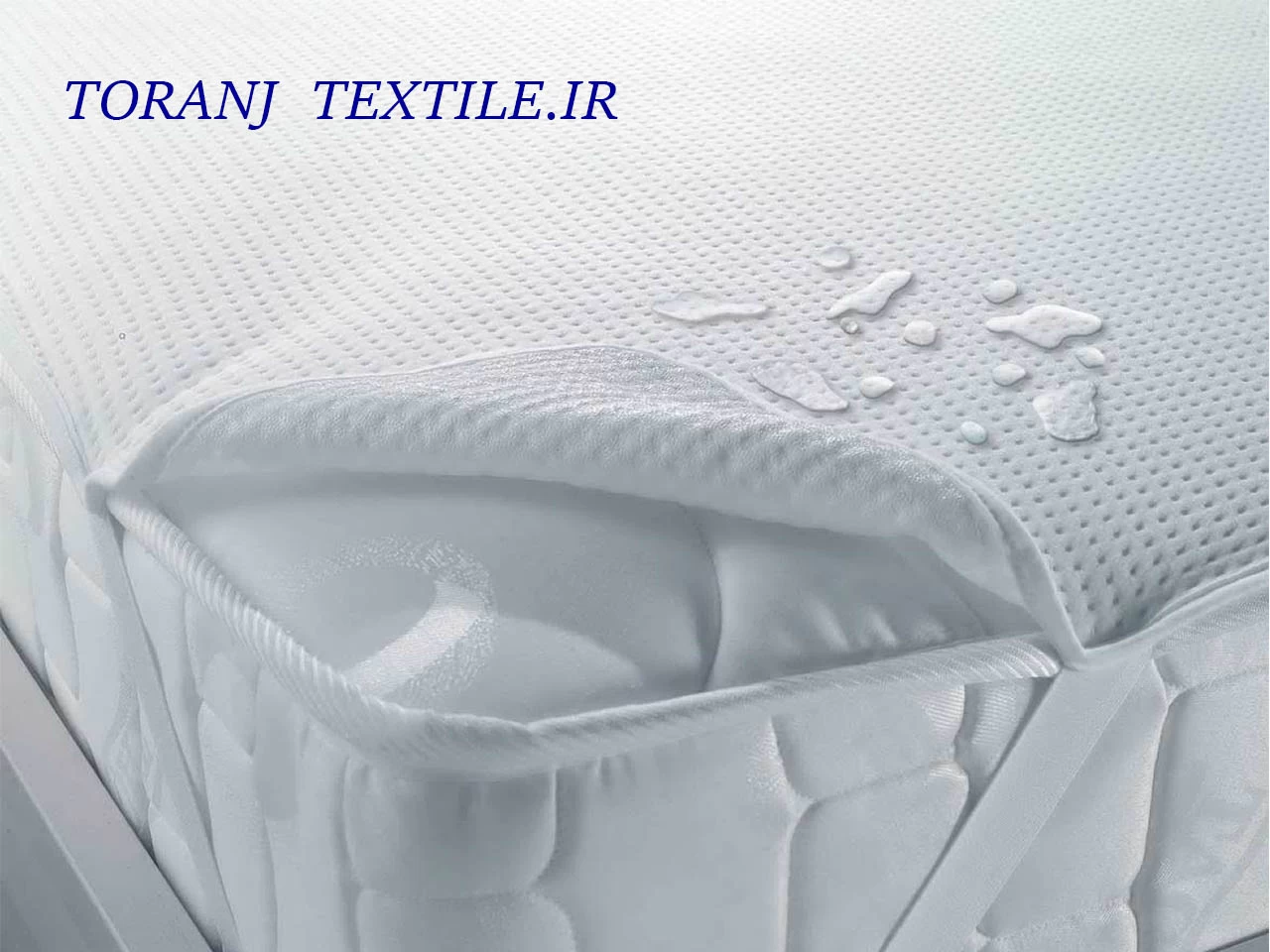
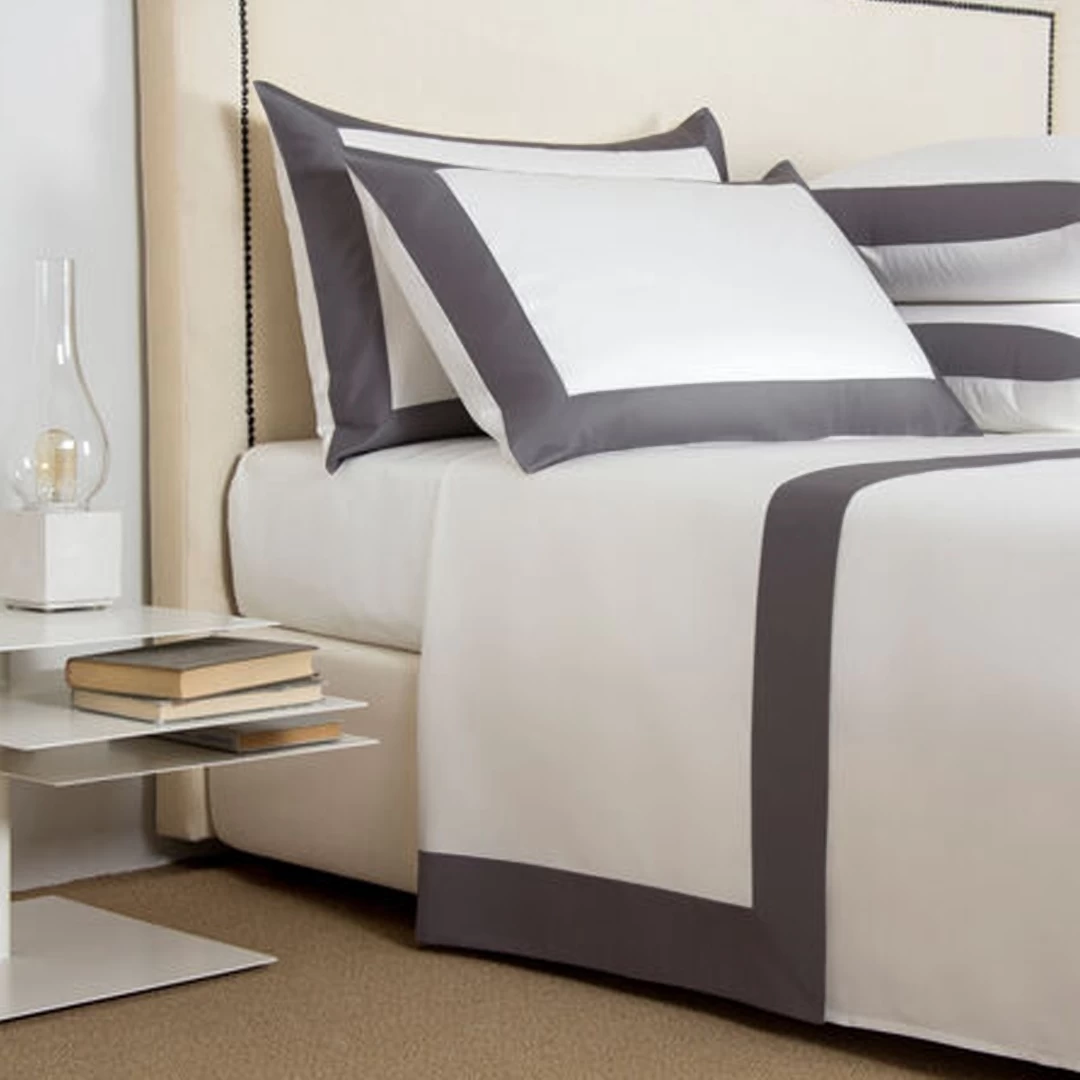
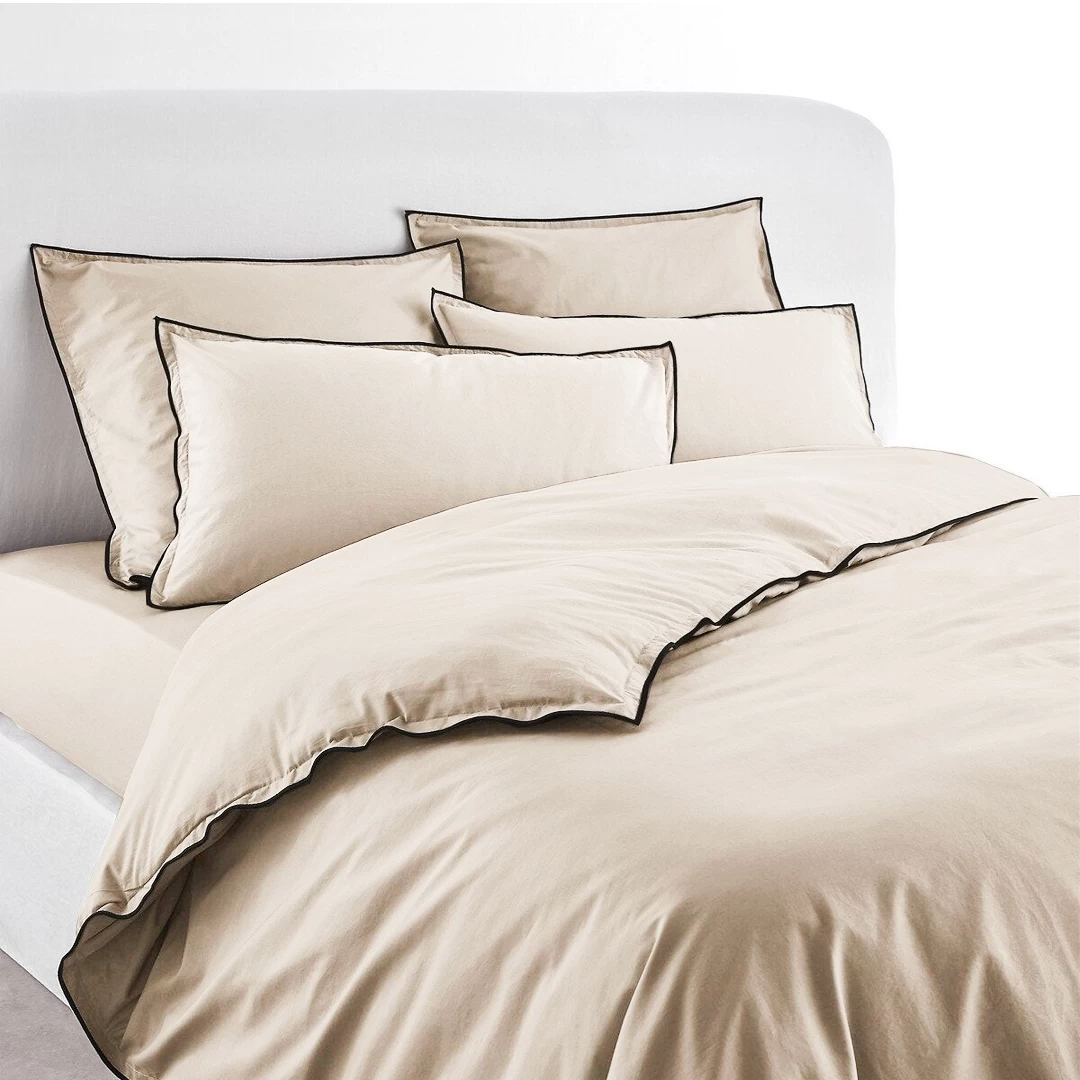
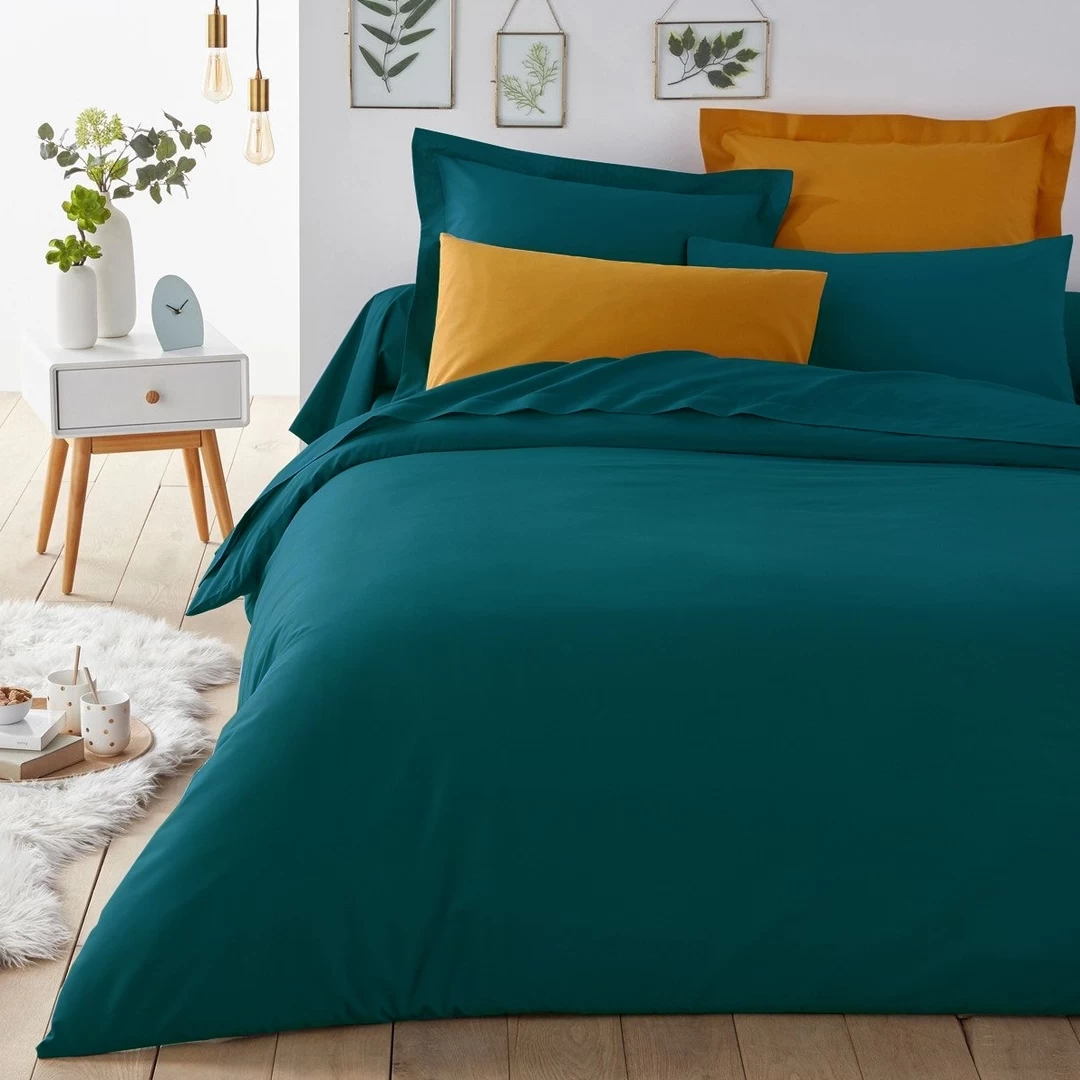
.webp)


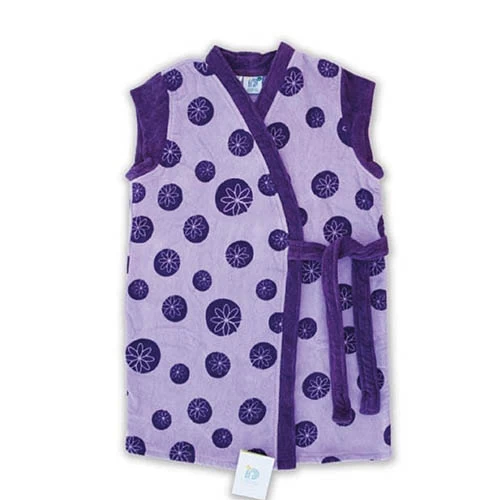
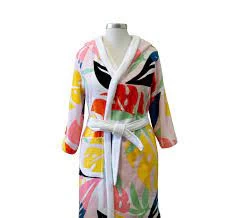
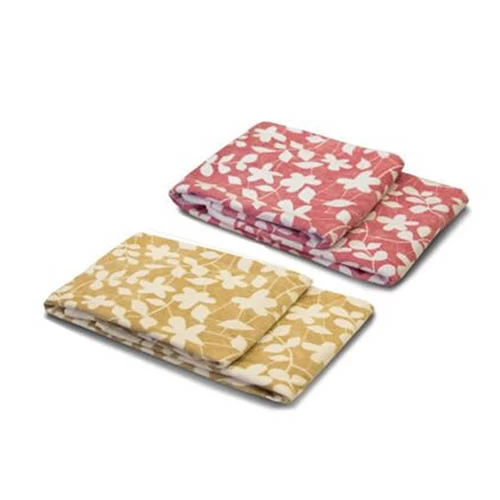
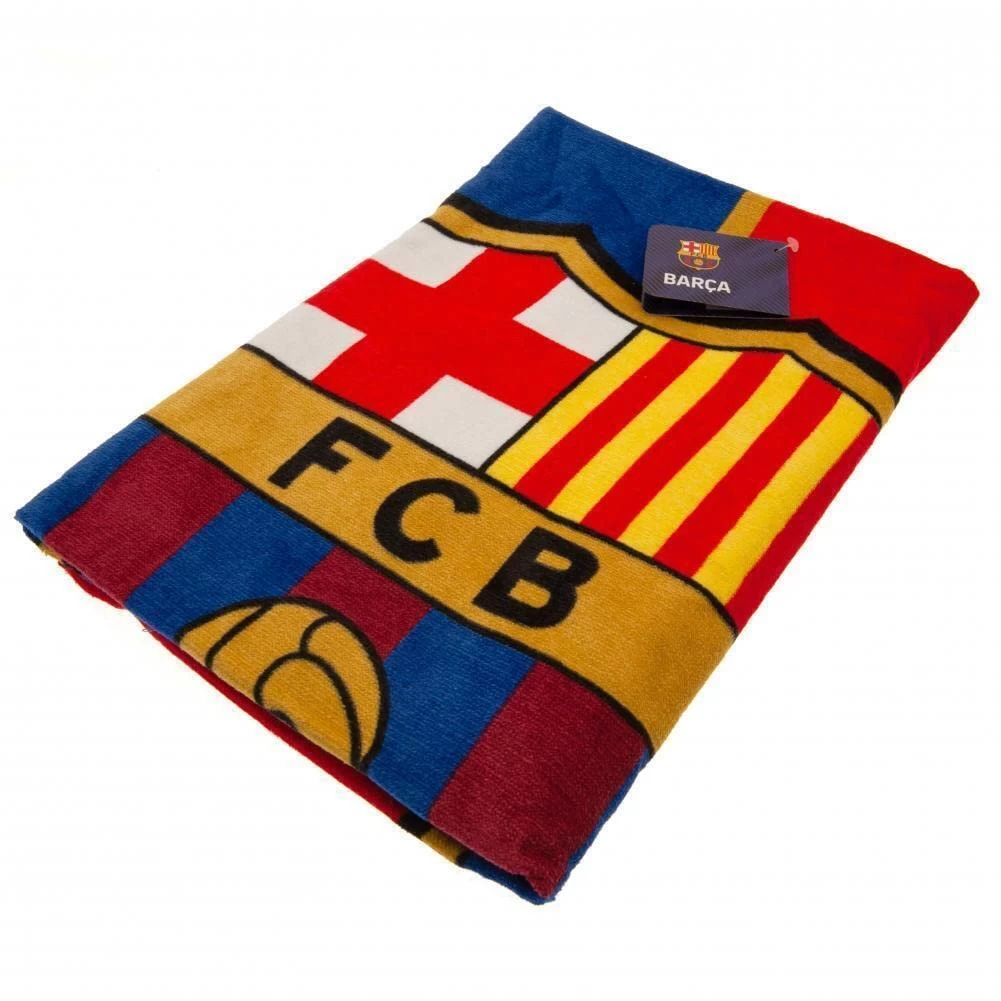

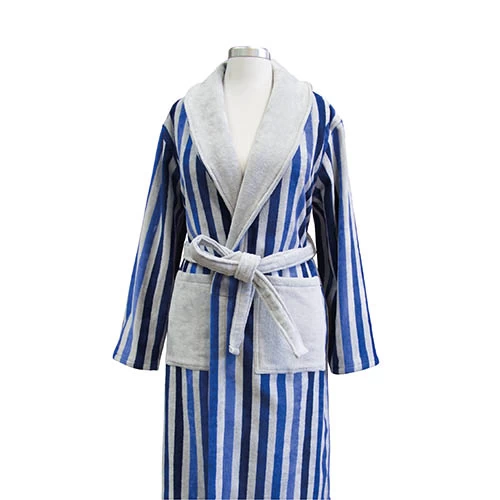
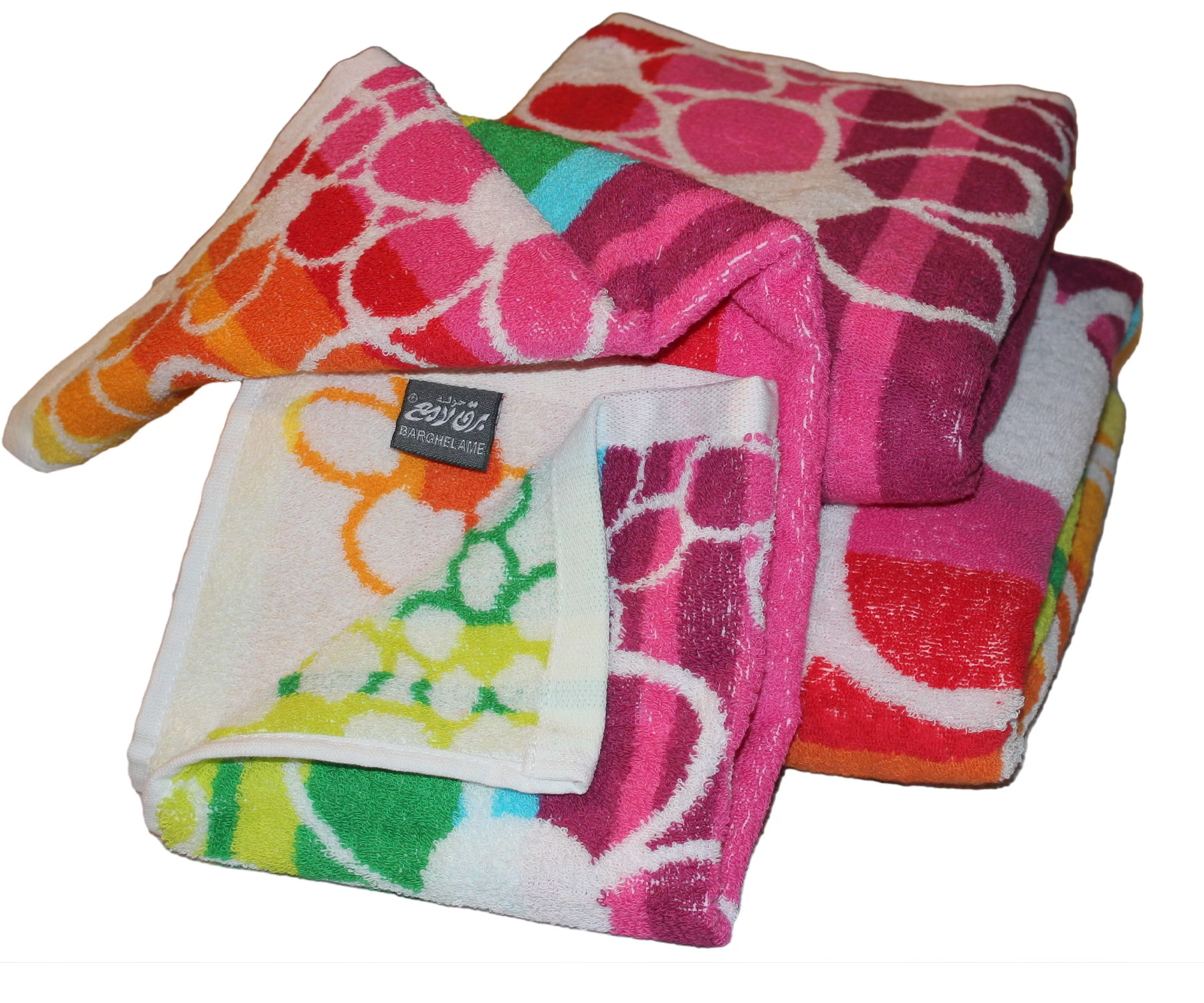
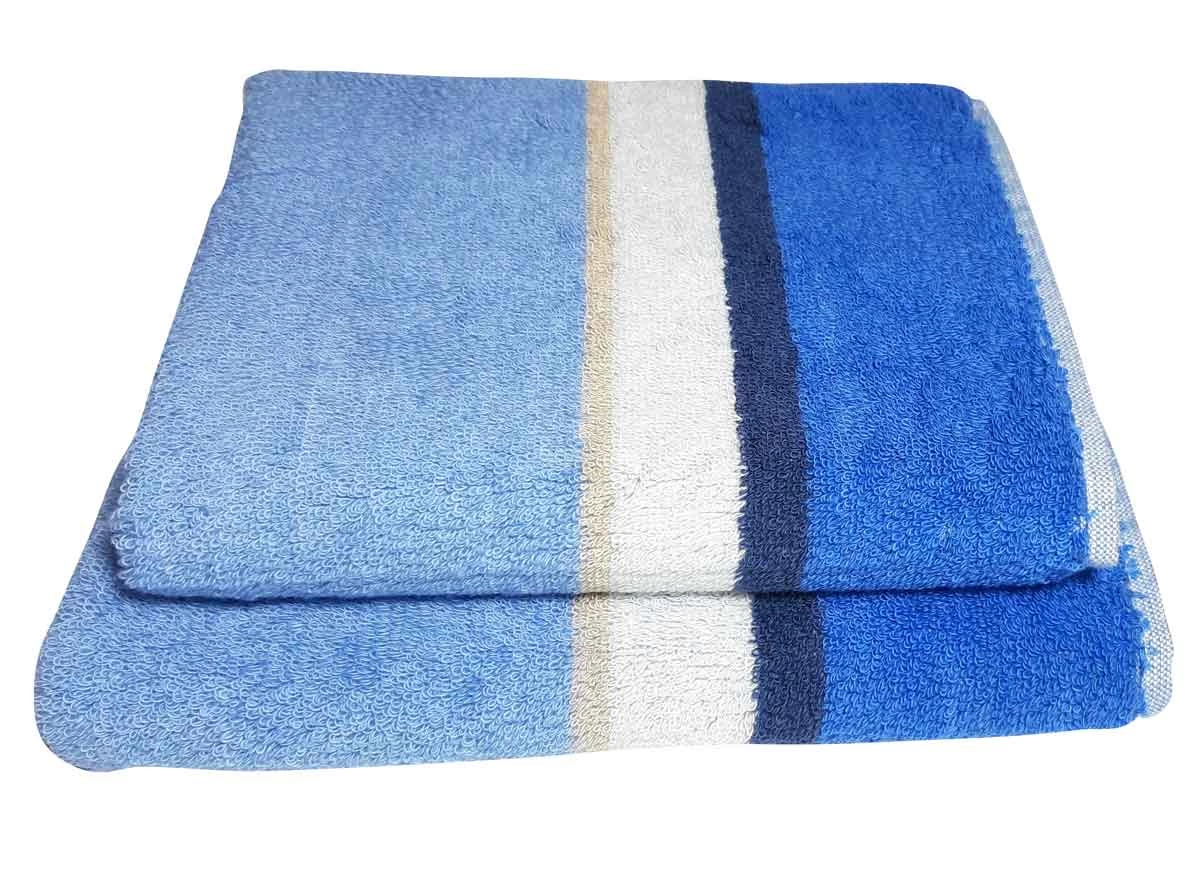
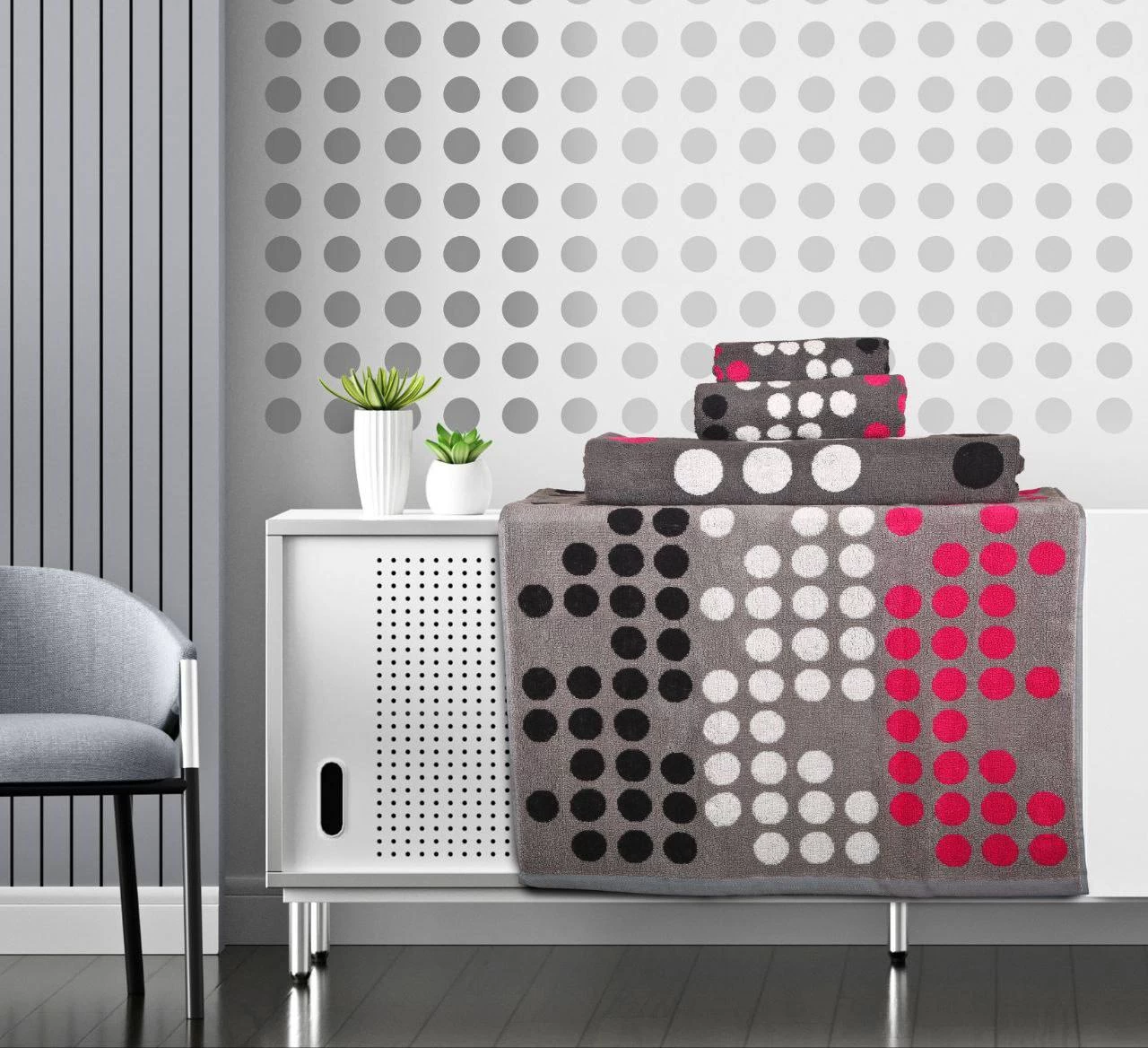
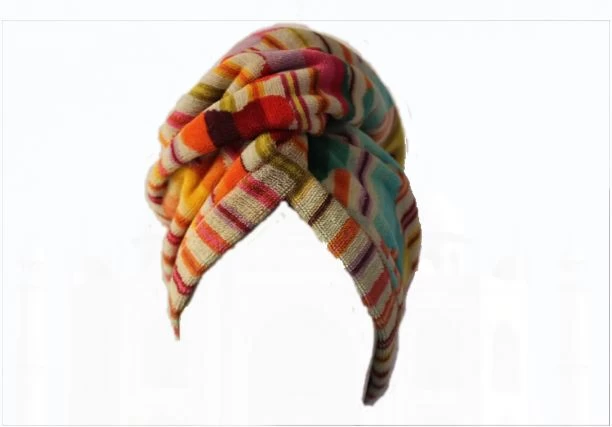

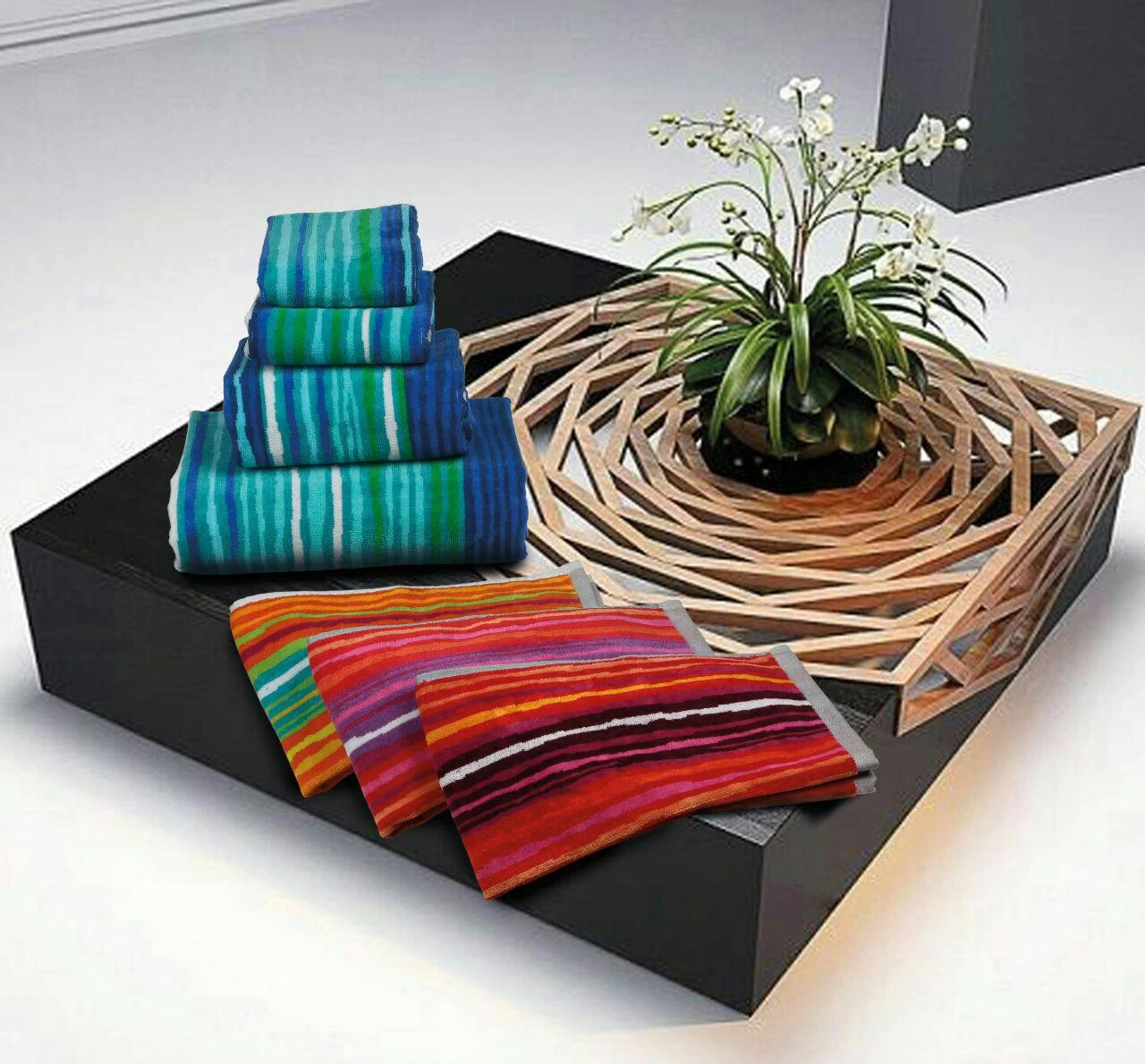
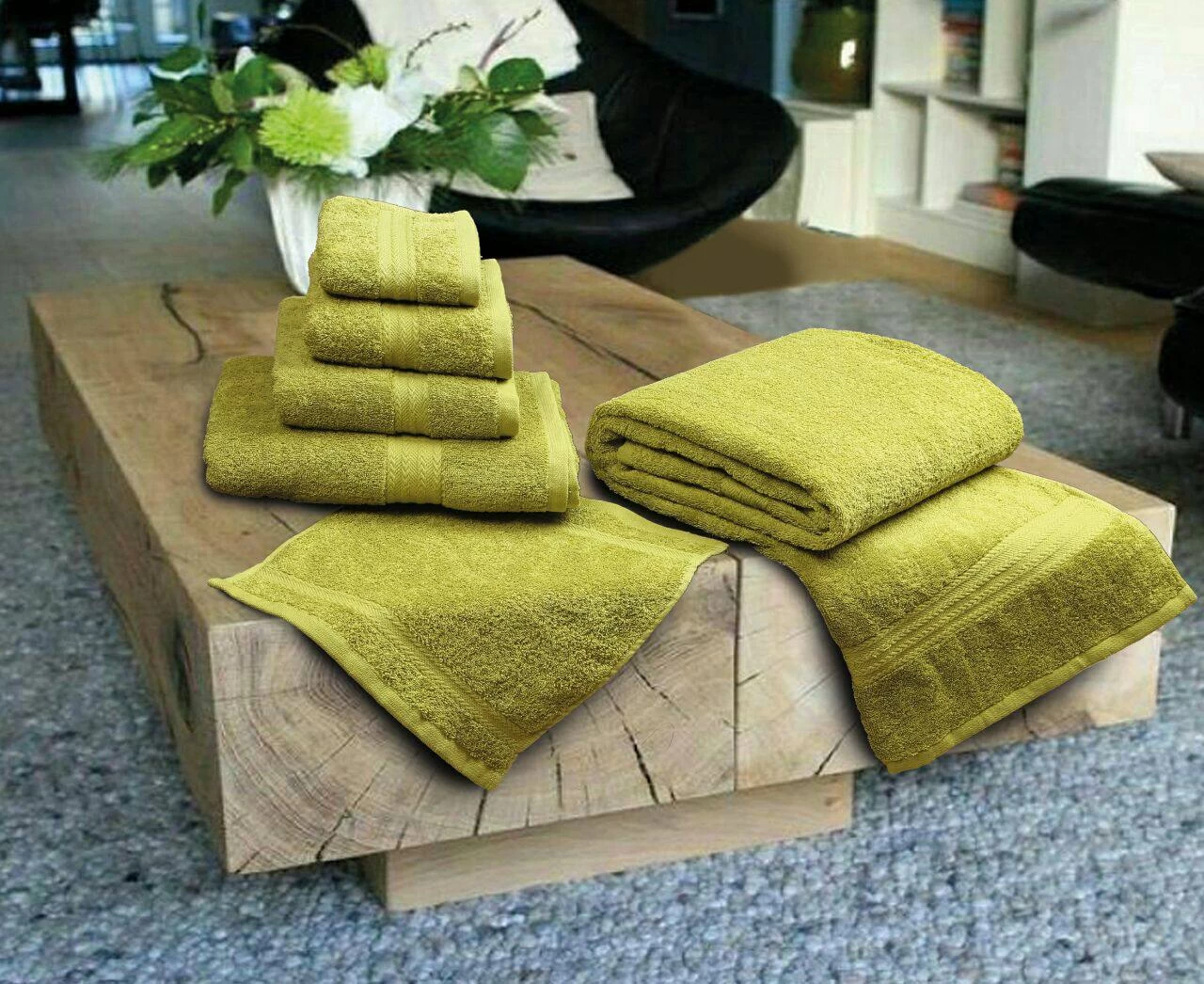
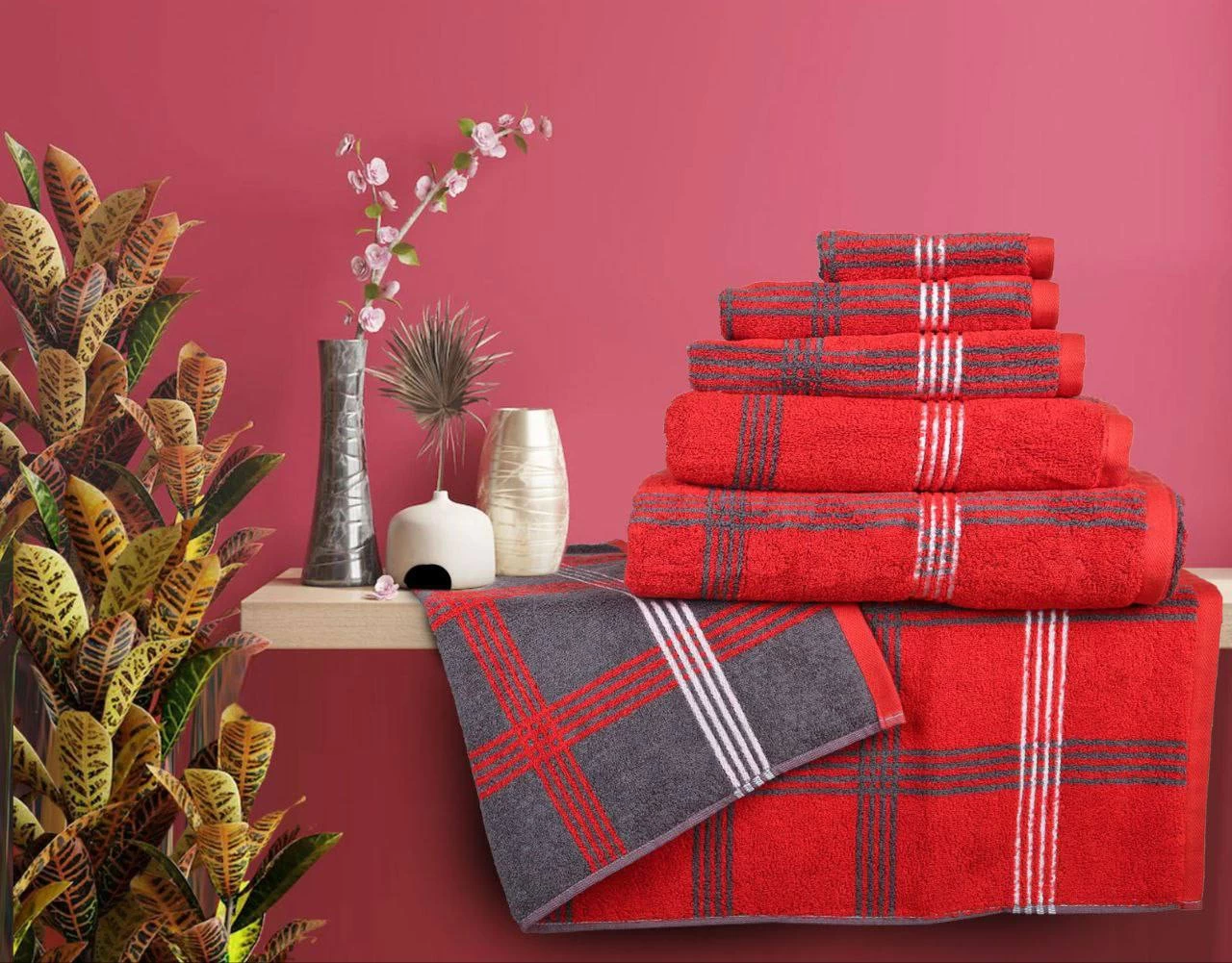
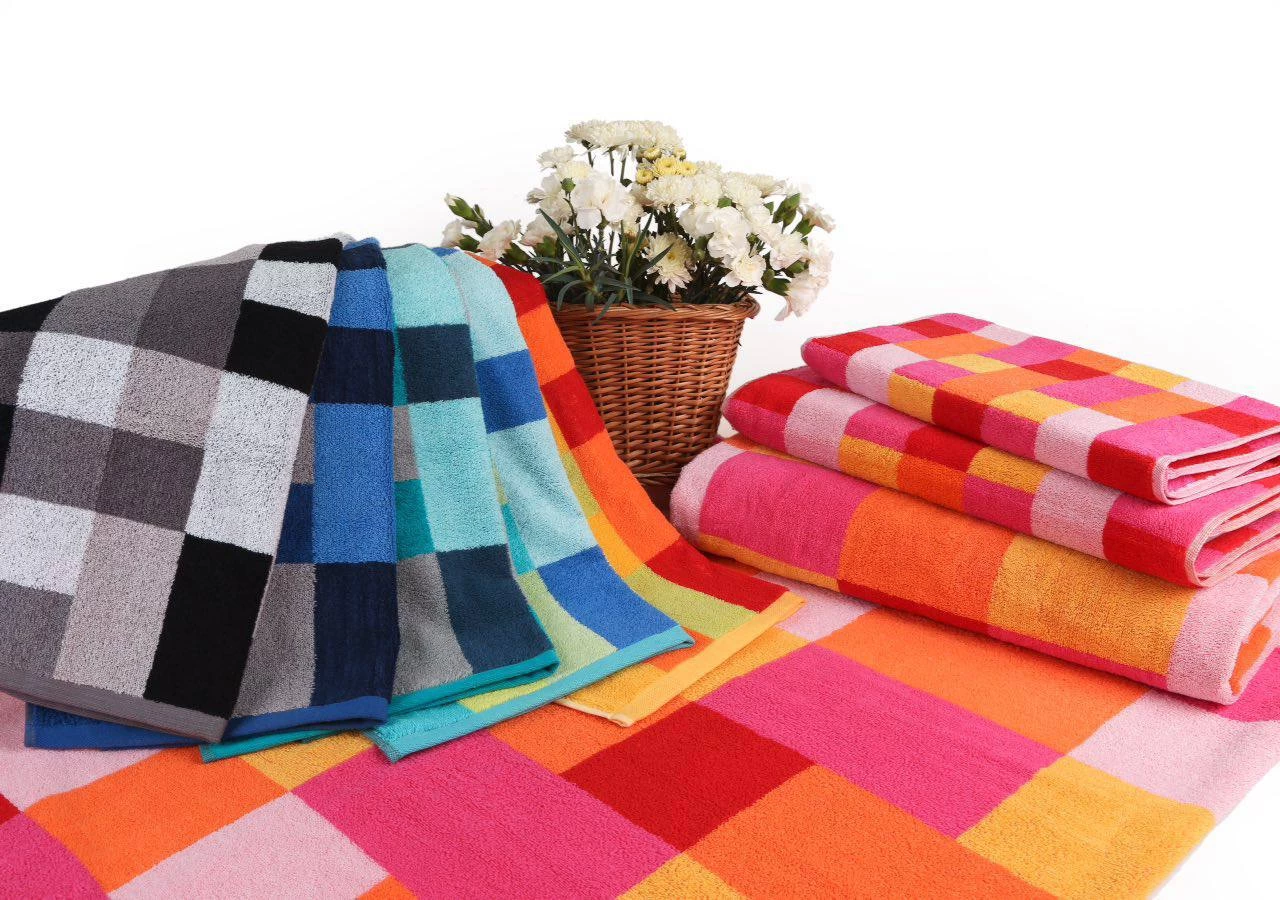
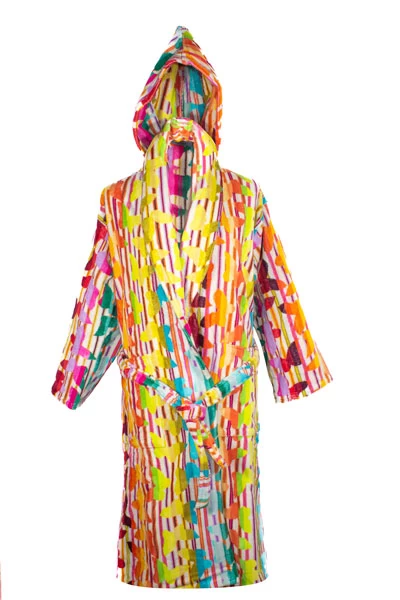
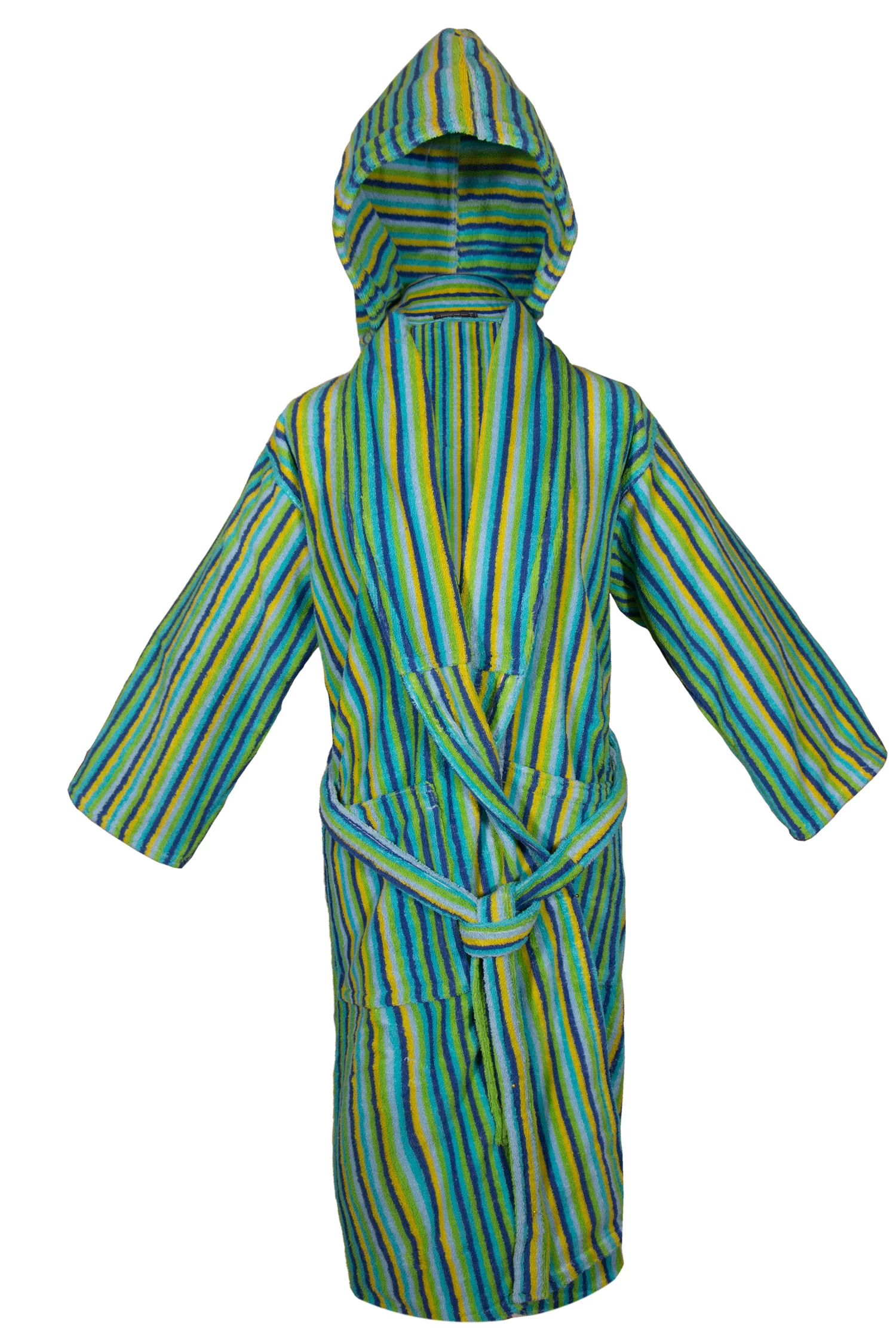
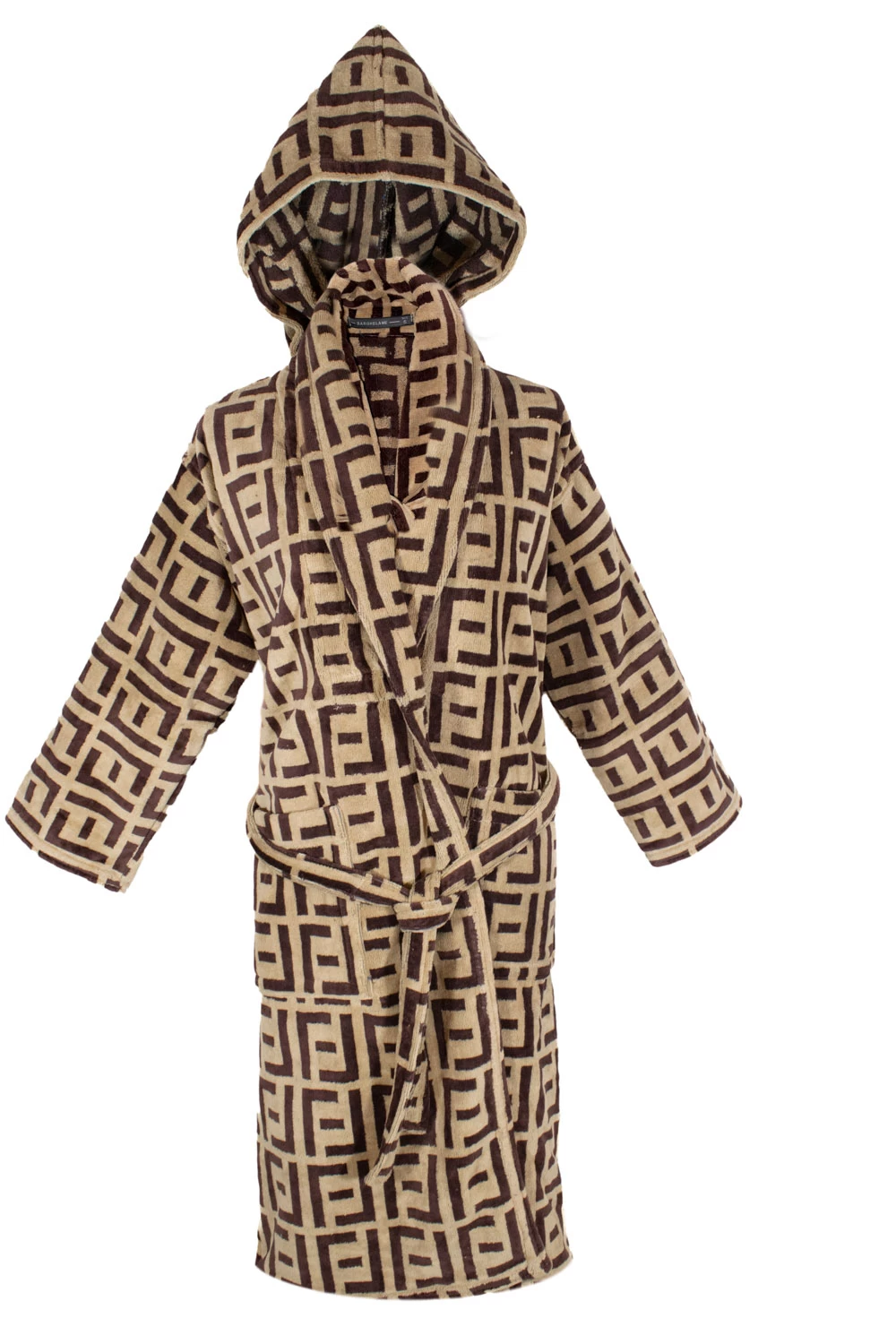
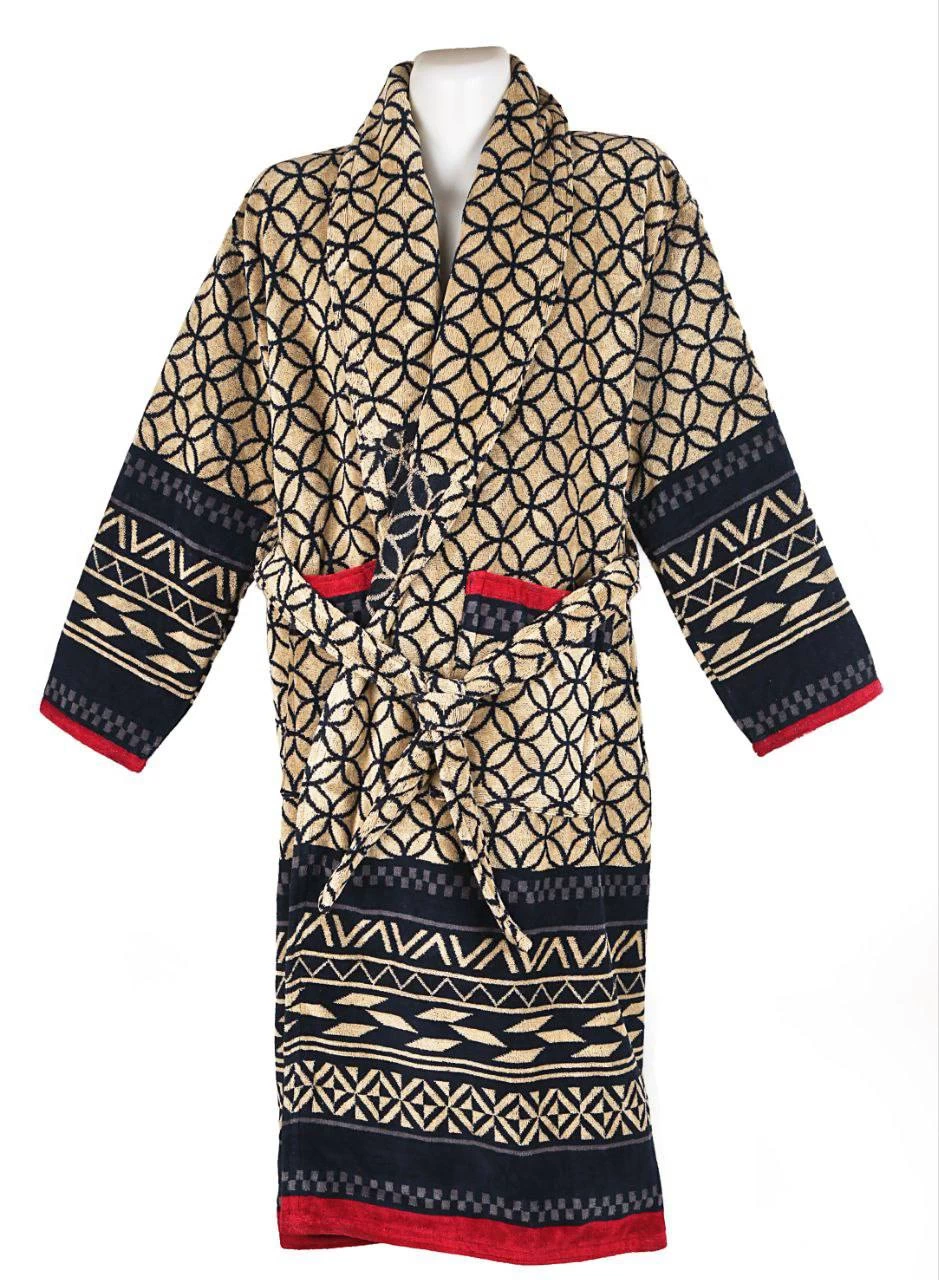
.webp)
